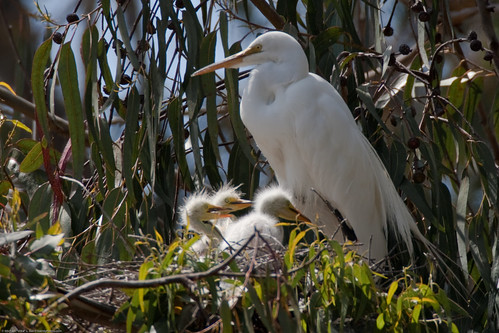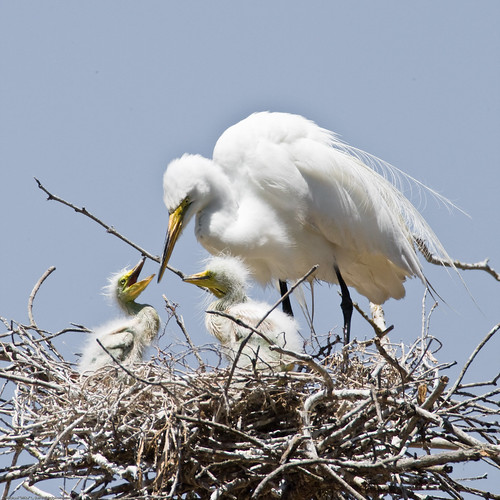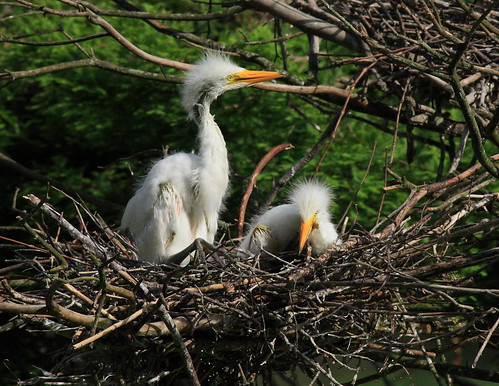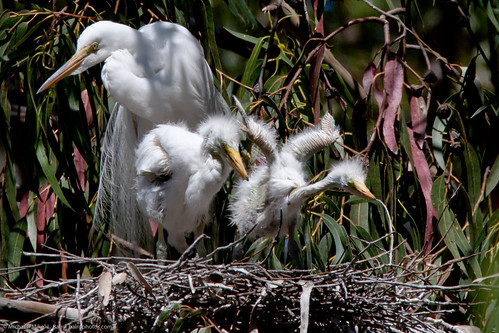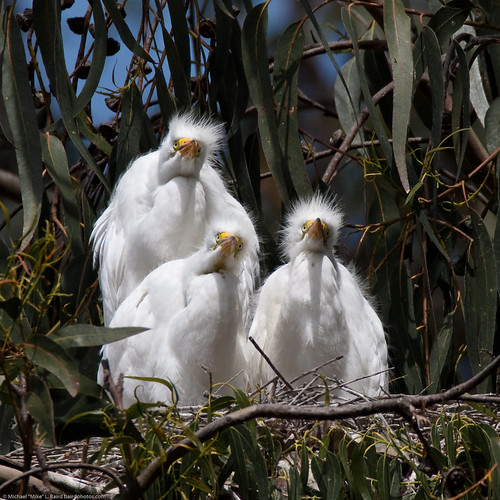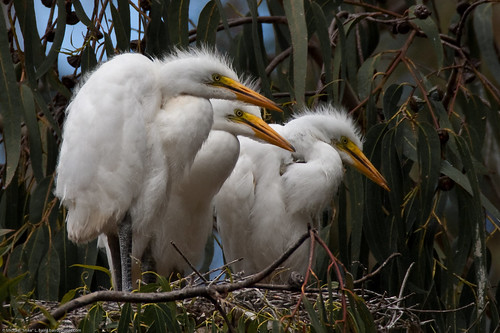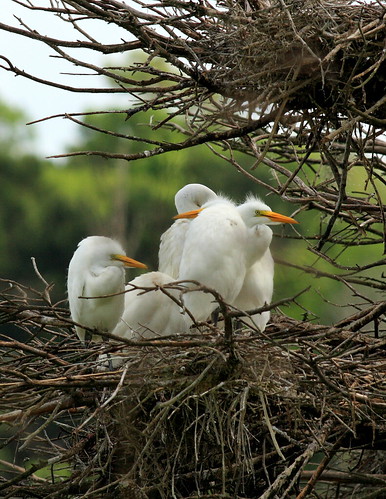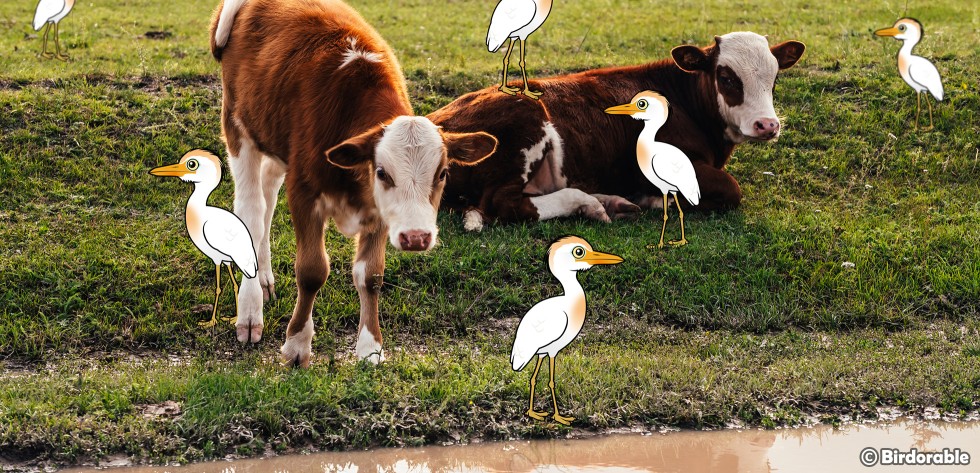1. Rapid Global Expansion 🌍
The Cattle Egret has undergone one of the fastest natural expansions of any bird species. Native to Africa and Asia, it began spreading across the globe in the 19th century, reaching the Americas by 1877 and Australia in the 1940s. Its ability to thrive in diverse climates is a key factor in its successful expansion. [source]
2. Arrival in the U.S. 🇺🇸
After first being recorded in the U.S. in 1941, the Cattle Egret has since been found from Alaska to Newfoundland and has bred in almost all fifty states, making it one of the most widespread bird species in North America. [source]
3. Opportunistic Feeders 🐄
Known for their resourceful feeding habits, Cattle Egrets often follow large animals like cattle or tractors to catch insects disturbed by their movement. This strategy is energy-efficient, allowing them to gather significantly more food with less effort when feeding with livestock.
4. Fire Fleeing Insects 🔥
Cattle Egrets are known to take advantage of natural disturbances. They have been observed flying in from afar to catch insects fleeing from wildfires, showcasing their sharp instinct for finding food even in extreme conditions. [source]
5. Bird Predation 🐦
In rare cases, Cattle Egrets will add small birds to their diet. At Fort Jefferson in the Dry Tortugas, Florida, they’ve been seen catching warblers when insect prey is scarce, demonstrating their dietary flexibility. [source]
6. Airport Behavior ✈️
These birds have even been spotted at airports, where they wait for airplanes to taxi by, dislodging insects from the grass. This behavior further highlights their opportunism and adaptability. [source]
7. Arabic Name 🦗
In Arabic, Cattle Egrets are known as Abu Gerdan (طائر أبو قردان), meaning "father of ticks," referencing the high number of parasites often found in their breeding colonies. This name reflects the bird's association with parasitic insects. [source]
8. Fly Control 🪰
In Australia, studies show that Cattle Egrets significantly reduce the number of flies that irritate cattle by pecking them off the animals skin, offering a natural pest management solution for farmers. [source]
9. Hawaiian Introduction 🌴
In 1959, the Hawaiian Board of Agriculture released 25 Cattle Egrets on Kaua'i to help control insects and flies that troubled cattle. Their introduction has proven successful in reducing pest populations. [source]
10. Vast Range and Population 🌏
With an estimated range of 10 million square kilometers and a global population of up to 6.7 million individuals, the Cattle Egret is one of the most widespread and populous bird species in the world. [source]









